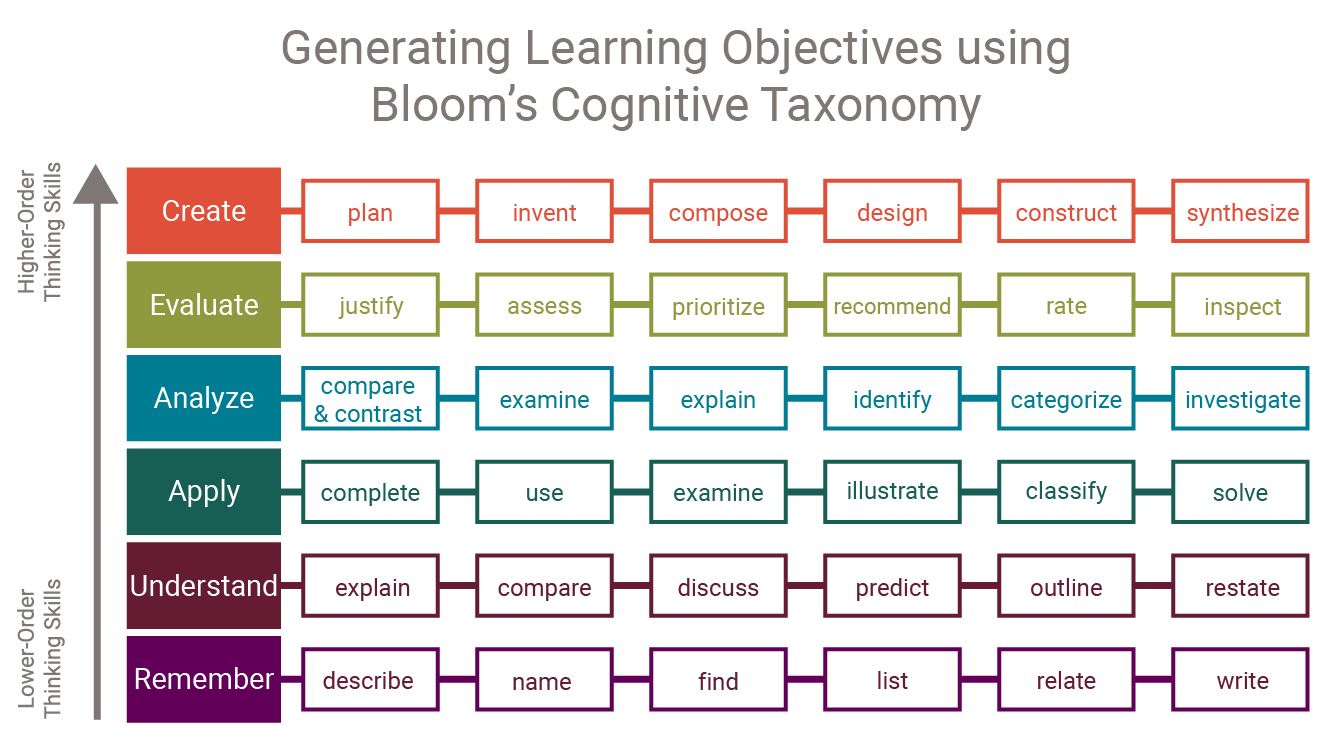What is Interprofessional Continuing Education?
Interprofessional Continuing Education (IPCE): | When members from two or more professions learn with, from, and about each other to enable effective collaboration and improve health outcomes. |
Planning Team for Interprofessional Activities: | Joint Accreditation criteria requires that IPCE activities are planned by and for the healthcare team. If you are seeking credit focused on more than one profession, the planning team should reflect the professions and credit types being targeted by the activity. |
Standards for Integrity and Independence in Accredited Continuing Education: | The Standards for Integrity and Independence in Accredited Continuing Education are designed to ensure that accredited continuing education serves the needs of patients and the public, is based on valid content and is free from commercial influence. |
ACCME’s Standards of Integrity & Independence:![]() Standards for Integrity and Independence in Accredited Continuing Education.pdf
Standards for Integrity and Independence in Accredited Continuing Education.pdf
Flowchart for the Identification and Resolution of Personal Conflicts of Interest
EDUCATIONAL OBJECTIVES
Learning Objectives: Learning objectives are clear, concise and specific statements describing knowledge, attitudes or skills that learners are expected to gain as a result of participating in your educational activity. Learning objectives are developed based on identified needs or gaps, linking to broader goals and desired outcomes. They guide the choice of educational strategies (content and methods) and assessments. Keep the following practical tips in mind when developing learning objectives:
Learning objectives are for the learner, not the teacher! Finish this sentence:
“Upon completion of this activity, learners will be able to…”
Learning objectives should be measurable, linking to specific actions or behaviors.
Use action verbs. Avoid “understand, learn, appreciate, believe, know, improve”. Ask yourself,
“What should the learner be able to do differently if the learner participates in the activity?”
Bloom’s Taxonomy provides a framework for developing educational objectives, instructional activities and assessments. When possible, aim for higher-order thinking (beyond basic recall). For example, you may want your learners to be able to explain concepts (comprehension), to use information in new situations (application), and to draw connections between ideas (analysis).![]() Blooms-Verbs.pdf
Blooms-Verbs.pdf
IDENTIFYING PRACTICE GAPS AND EDUCATIONAL NEEDS
Practice Gap: | A “practice gap” refers to a problem that exists in practice or an opportunity for improvement in at least one of the following. |
Educational Need: | The knowledge and training which will address the identified practice gap. What education is needed to address the problem and why does the gap exist? |
Knowledge: | A learner’s information on a particular subject, process or skill. |
ACCME Video Resources
| |
Educational Terms: Knowledge, Strategy/Skills, Performance, and Patient Outcomes
|
 Facebook
Facebook X
X LinkedIn
LinkedIn Forward
Forward
